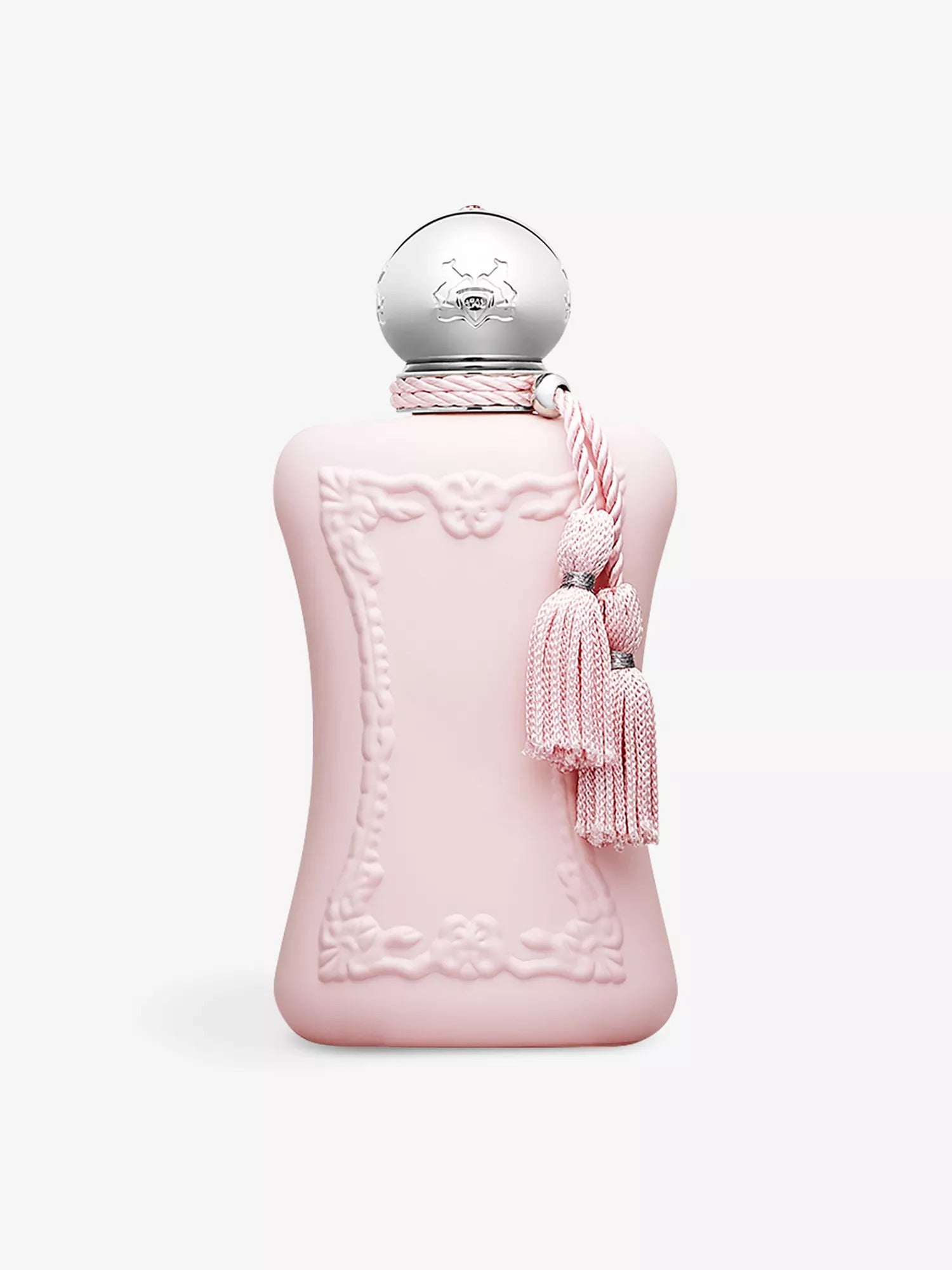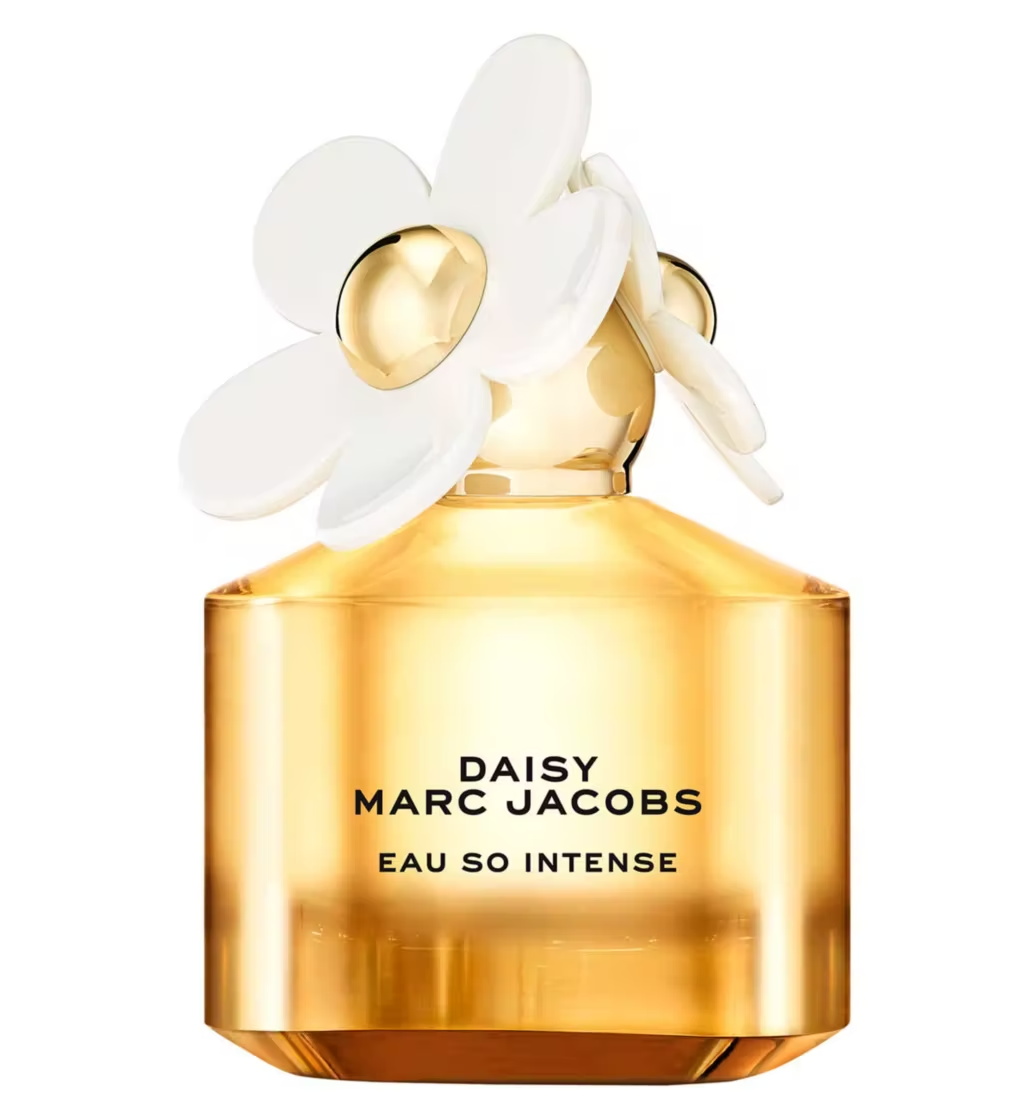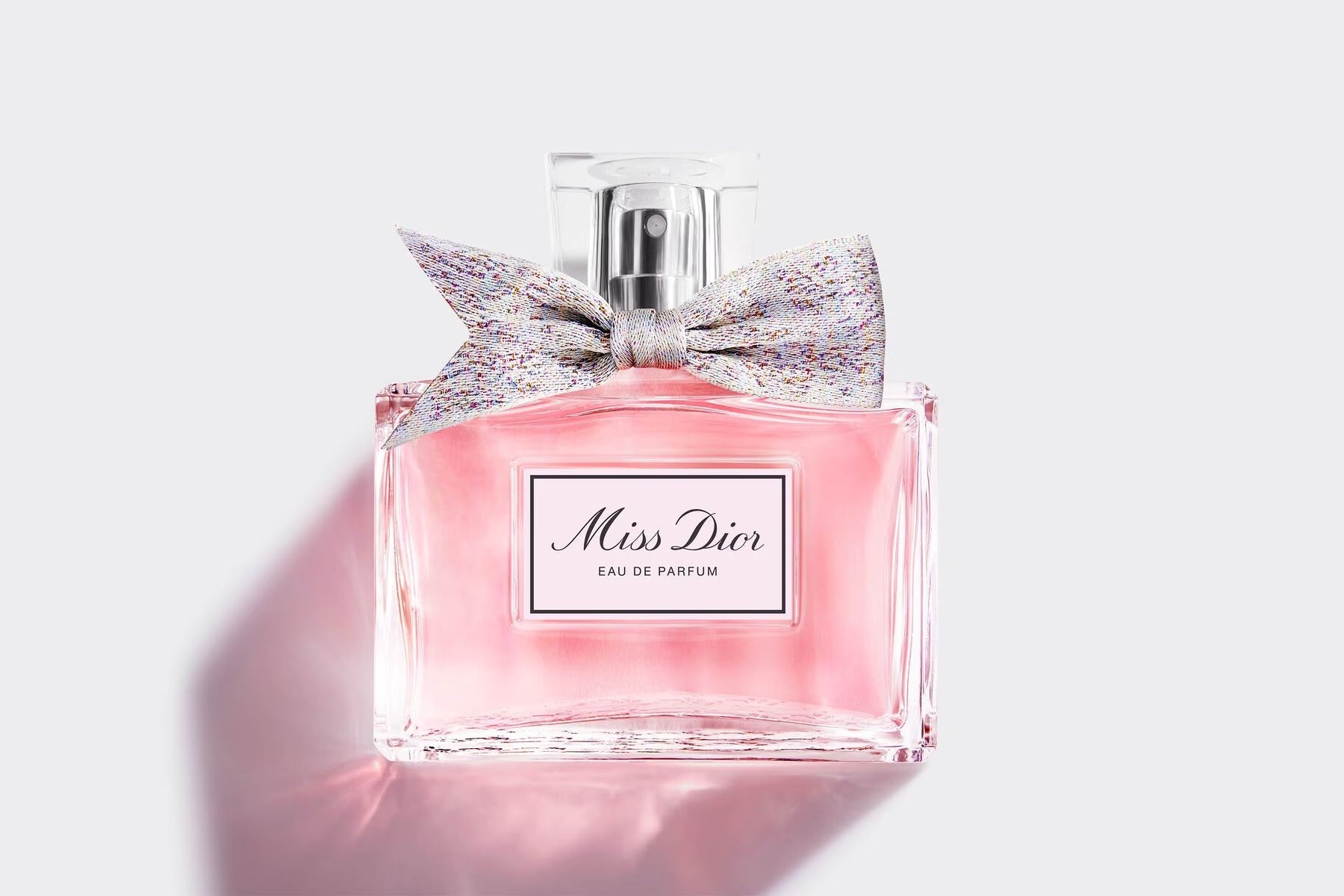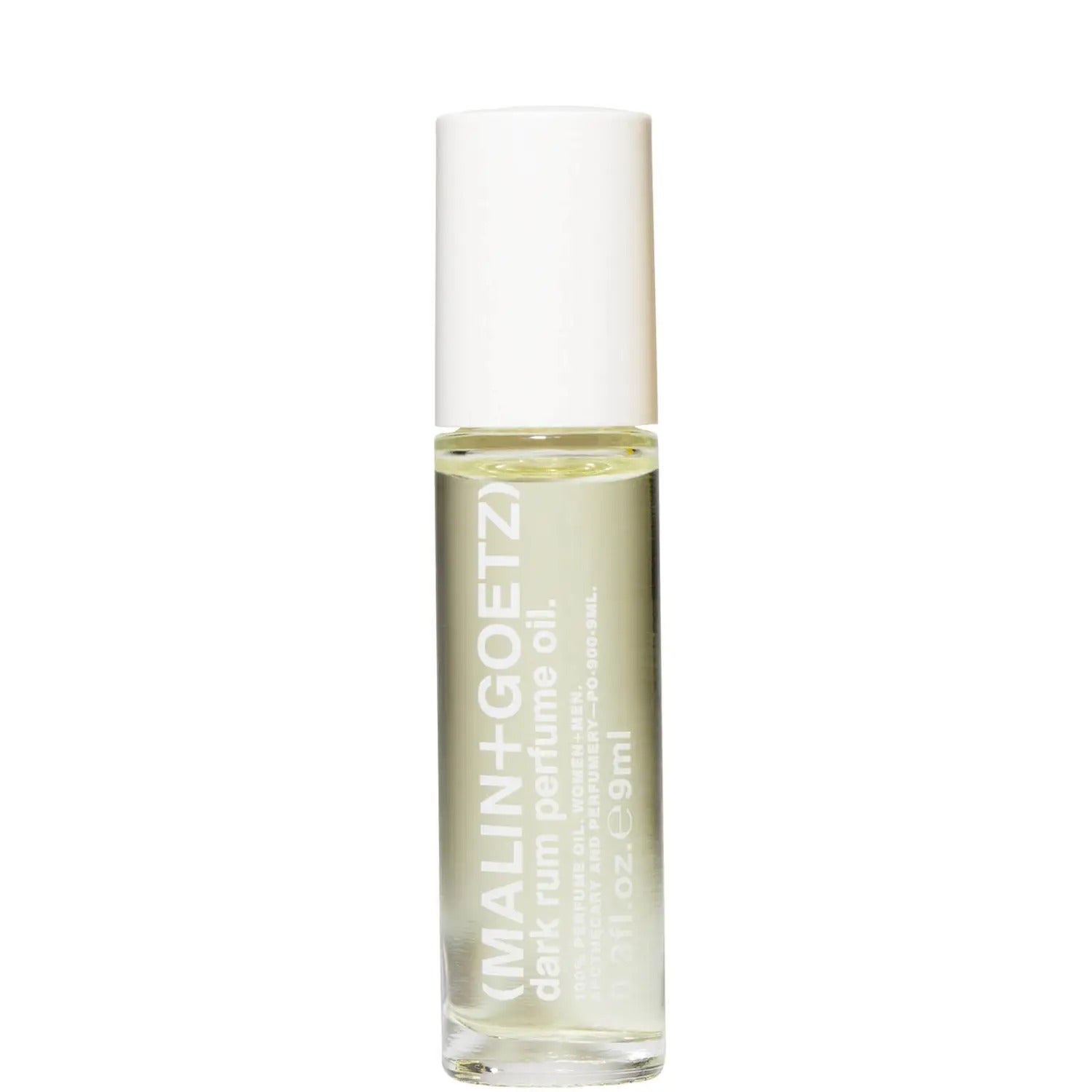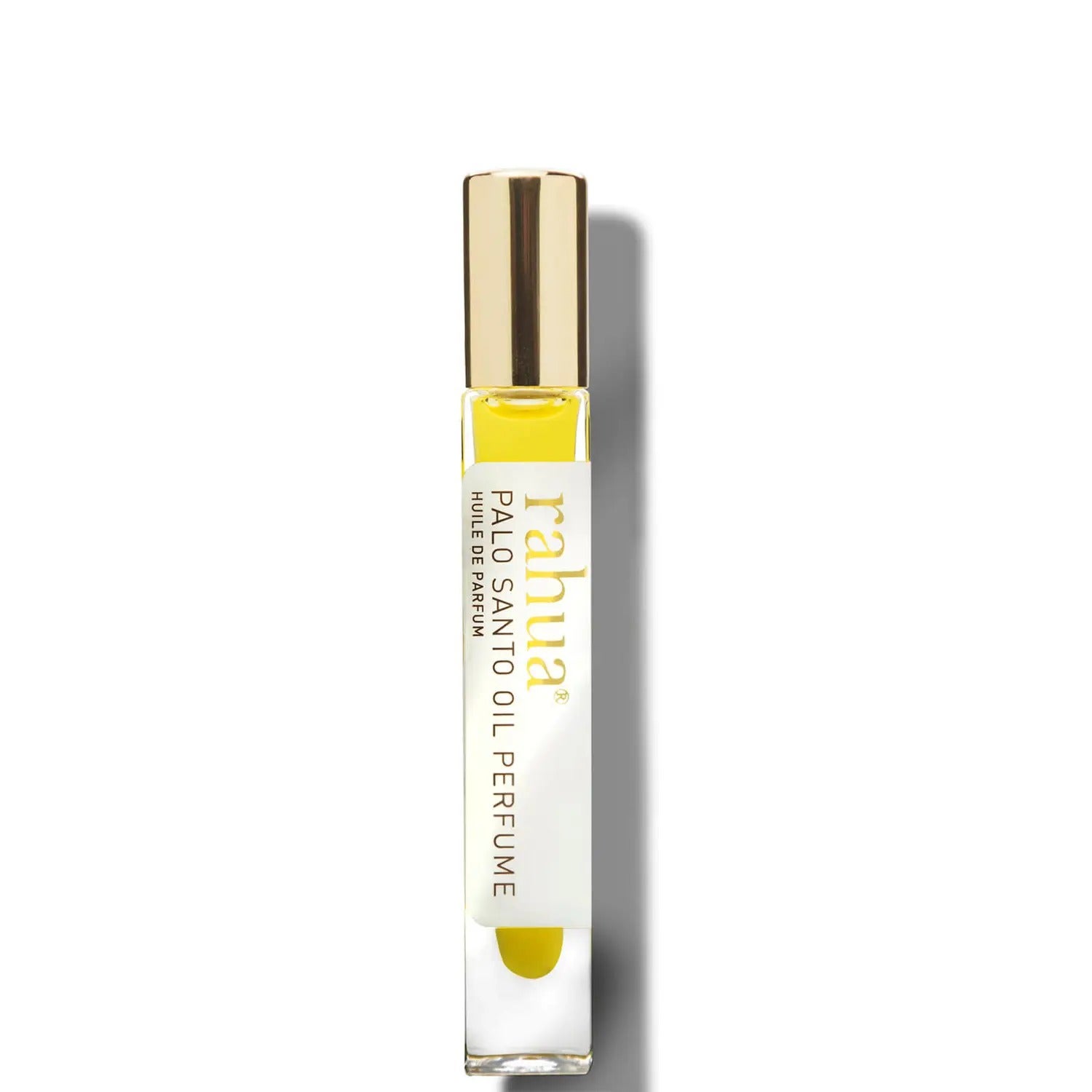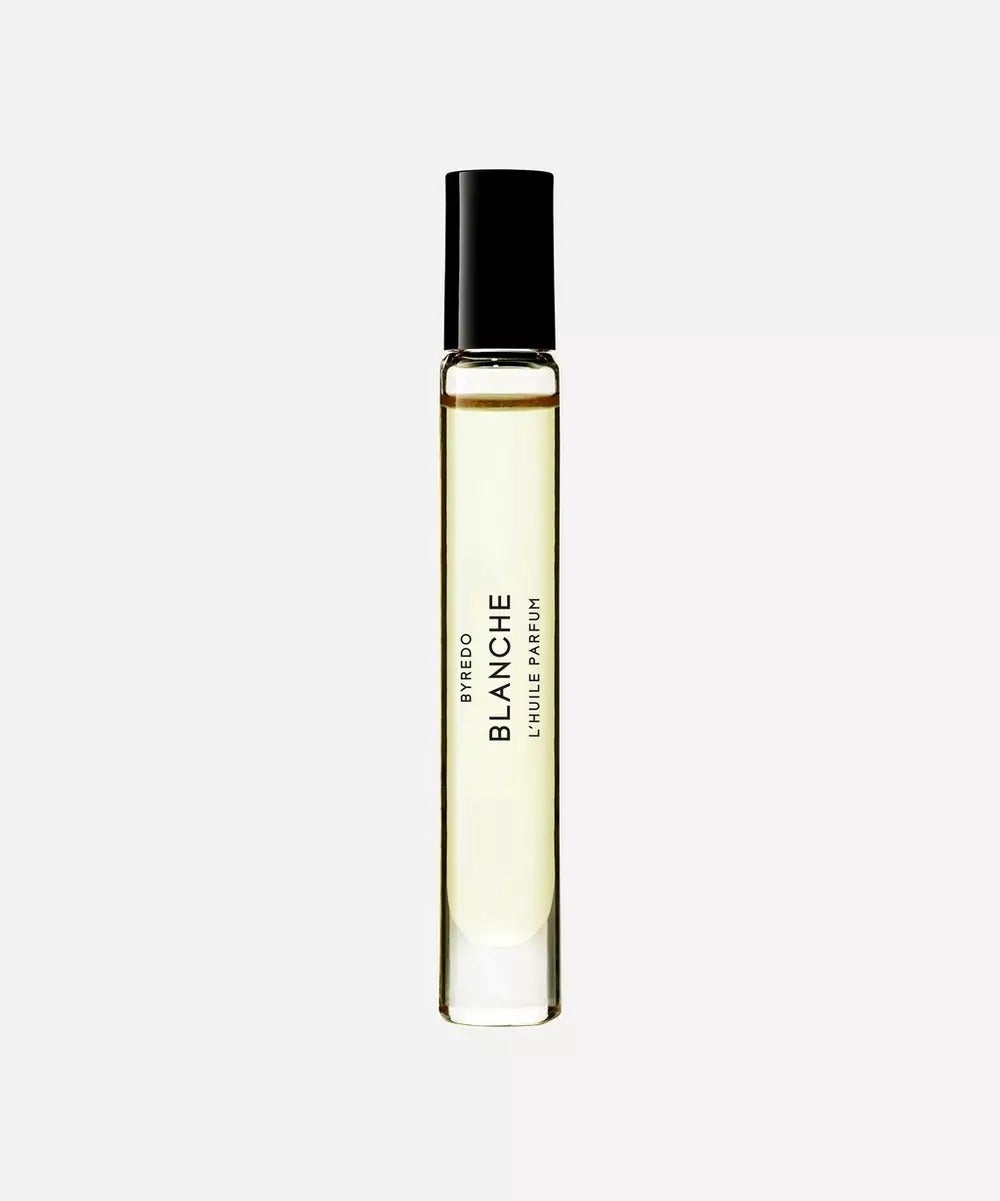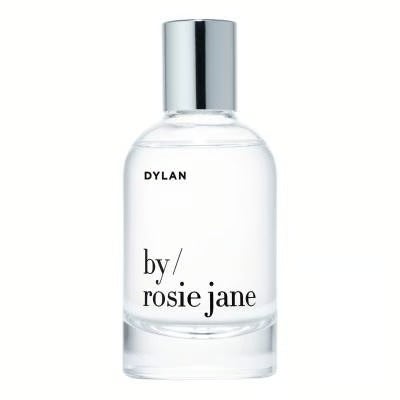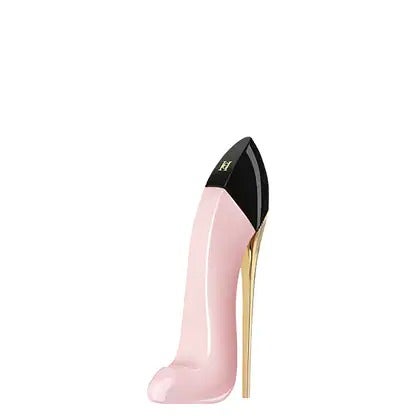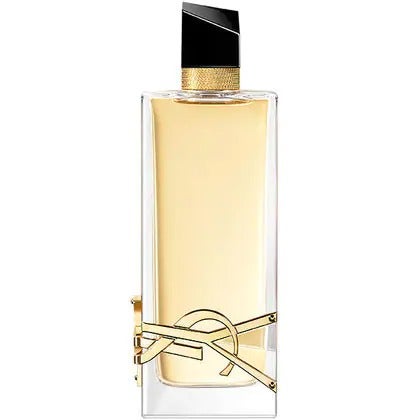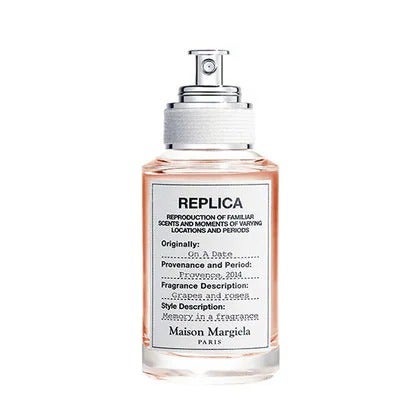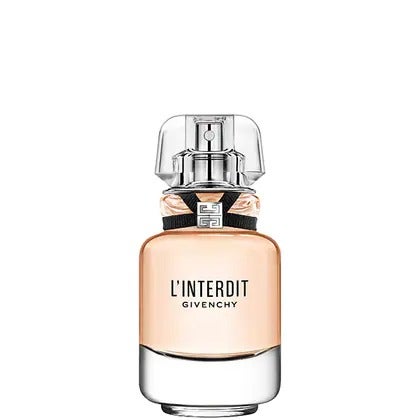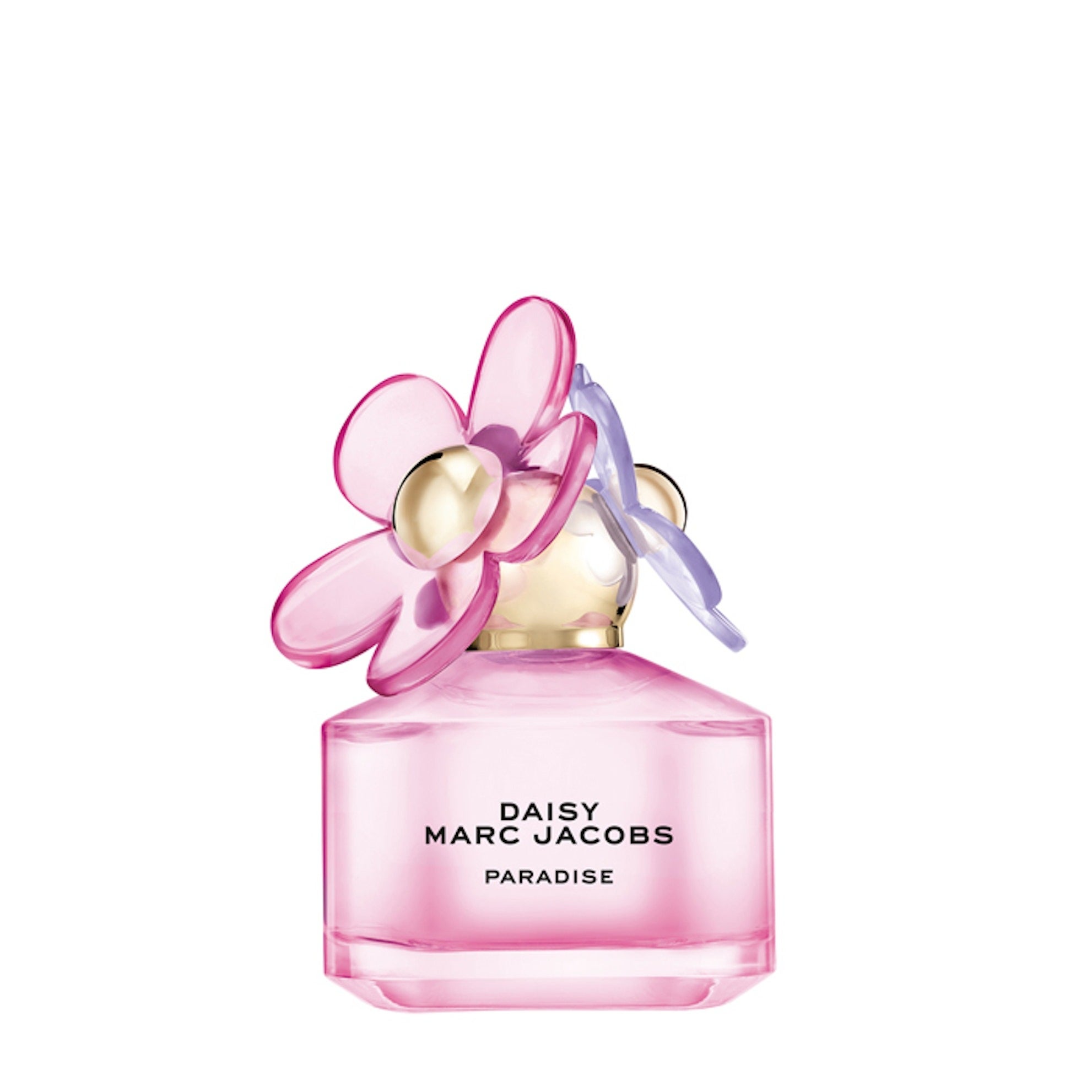The 3 Types Of Perfume Every Fragrance Lover Should Know
Photo: Getty Images.
Wearing fragrance is fun and easy — you let your olfactory system be your guide through a world of floral, fruity, fresh, and woody options, find one you like, spritz it on, and go. However, making sense of the category's nuances is much more complicated. There’s a lot of language behind shopping for fragrance, and it isn’t exactly intuitive: when discussing eau de toilette, eau de parfum, and beyond, things can get lost in translation (from French, that is).
So what exactly makes different types of perfume, well, different? Is one inherently better than the other? Can you use them both, or is mixing formulas a fragrance faux pas? We talked to some of the biggest names in fragrance to find out what exactly makes each version of perfume different, how you can use them individually and together, and which one might be best for you.
AdvertisementADVERTISEMENT
What are the differences between perfume concentrations?
Let’s start by breaking down the components that make a perfume: fragrance oil + alcohol + water. Different perfume categories vary in intensity based on the concentration of the fragrance oil to the other ingredients. The least concentrated would be a perfume mist, followed by eau de cologne (EDC), eau de toilette (EDT), eau de parfum (EDP) and finally, parfum. EDC generally contains 4- 6% of perfume oil, EDT contains about 6-15%, and EDP is in the 15-20% range. “When there is a higher fragrance oil concentration, there is more focus on the smell of the oil and fragrances generally last longer,” explains Yvan Jacqueline, managing director at luxe French fragrance house Parfums de Marly. The scent of perfume oil can dissipate more quickly without alcohol, so combining the two at the proper ratios can help boost longevity while maintaining the natural quality of the oil.
That said, these aren’t hard-set rules or regulations — just a common designation that became a sort of precedent in perfumery. “Historically, the first type of fragrance was eau de cologne, which appeared in the 18th century,” Alberto Morillas, master perfumer at Firmenich, explains. “Eau de colognes were made of citrusy notes, with a small concentration of oil — around 5% — so we kept the name for light, sparkly scents, which are ideal in summer.”
EDTs, on the other hand, are more concentrated, and found their popularity in the ‘80s and ‘90s. Curve by Liz Claiborne and Tommy Girl, both ubiquitous scents of the era, were EDTs, as are some of the most famous fragrances in the world today, like Christian Dior Miss Dior or Marc Jacobs Daisy (which Alberto developed, by the way). “We commonly use this term for less concentrated fragrances than eau de parfum,” explains Alberto. “Less concentrated doesn’t mean it won’t last, but it often means it will be a little bit less powerful.”
AdvertisementADVERTISEMENT
Nowadays, eau de parfum is the most common type of fragrance you’ll find at beauty retailers. Known for having both a powerful trail and long-lasting fragrance, EDP also has one of the highest concentrations of perfume oil, second only to perfume oil itself. Pure perfume oil is heady, richly fragranced, and sticks close to the skin, and is usually offered as a rollerball or flacon rather than a spray. “It’s a very sensual gesture, which provides long-lasting fragrance with an intimate scent trail,” says Alberto.
As a general rule, the concentration of fragrance oil does directly correspond to price — the more oil, the higher the cost, because the materials that go into the fragrance oil dictate the cost in the first place. (The rest, as you’ll recall, is alcohol and water.) Some fragrances are available in both EDT and EDP format, and the EDP is invariably more expensive.
When should you use each type of perfume concentration?
It’s really a matter of wearer’s choice — it’s more about your mood and the way you want to feel, as well as exactly how fragranced you like to be for certain occasions. “For example, during the day you may want something lighter and more casual, but when you go out at night you may want something a little stronger, like an EDP,” says Frank Voelkl, srincipal perfumer at Firmenich and the nose behind Tory Burch Essence of Dreams Divine Moon, adding, “You can play with different intensities for different moments in your life.”
AdvertisementADVERTISEMENT
Of course, you should always try to be respectful and aware. If you’re prone to migraines, know you’re going to be sharing a small space (like an office) with other people, or about to board a flight, go for something lighter (or skip the scent entirely). “A pet hate for me — and a total faux pas in countries like Japan — is super loud fragrances,” says Abel founder Frances Shoemack. “If you want to avoid the classic ‘I'm sorry, I didn't hear you over your perfume’ moment, then an EDT can be a great choice.” And trust: When you clash two strong, complex perfumes together and they don’t work, you’ll know, and so will everyone around you.
Plus, it's not as straightforward as just EDT versus EDP and matters of fragrance concentration; you’ll also want to consider the ingredients used and the overall composition of a scent. Plant-derived and natural ingredients can be much less abrasive than synthetic scents and typically don’t have issues with overly loud “throw.” Francis adds that natural perfume changes more than synthetics on your skin, so that’s another factor to consider when it comes to ingredients. In short, there’s much more that goes into a fragrance than just its oil percentage. “Perfume interacts with the pH of your skin and therefore does not smell the same on everyone,” explains Jacqueline. “Finding a fragrance that you enjoy wearing and makes you confident is the key.”
Can you layer different perfume concentrations?
There are really no rules when it comes to perfume. Want to layer two super heavy eau de toilettes on top of each other? What’s good for your self-expression is good for you, period — your “hell yes” may be someone else’s olfactory “absolutely not,” and that’s okay (unless you’re trapped in an elevator together). If you want to stick to any general guideline, Frank recommends wearing an EDT during the day and refreshing that scent with an EDP when the sun goes down. “It’s not so much about layering each on top of the other and mixing the scents, but rather intensifying the experience later in the day,” he says.
AdvertisementADVERTISEMENT
Alberto offers a piece of advice for anyone just dipping a toe into fragrance layering: “Start simple.” The easiest way to layer, he shares, is with a body lotion or a hair mist that matches your perfume, which he says will reinforce the hold and the scent trail, without taking too many risks.
Once you get more comfortable with the concept of layering, Alberto suggests taking inspiration from proven combinations found in successful perfumes: fruity-floral, aromatic-woody, and so on. But he stresses that the best thing about perfumery is that it is a creative field with an infinite horizon. “If you feel like layering several EDP, several oils, or something else, try at your own risk! It can be beautiful, or not at all, but you will only know if you dare,” he encourages.
Perfume is complex, and what makes wearing fragrance such a special experience is that you and your unique body chemistry complete the story. As with skin-care ingredients, hair care, and so many other things in life, you can follow a “rule,” but know that your skin and your body might just want to do things their own way.
At Refinery29, we’re here to help you navigate this overwhelming world of stuff. All of our market picks are independently selected and curated by the editorial team. If you buy something we link to on our site, Refinery29 may earn commission.
AdvertisementADVERTISEMENT







